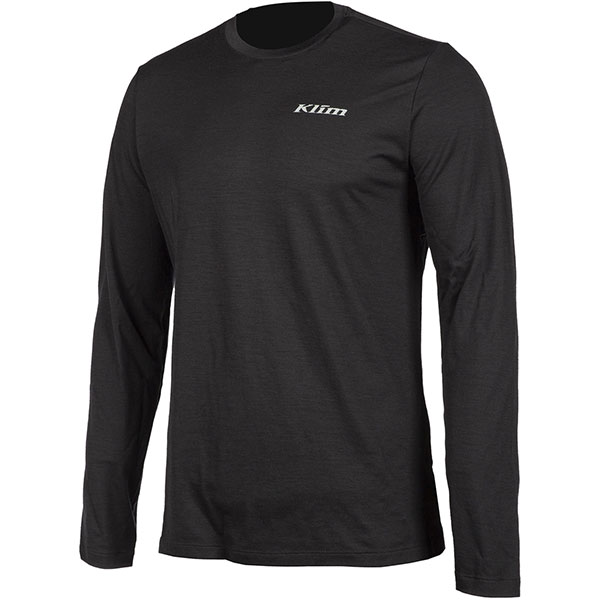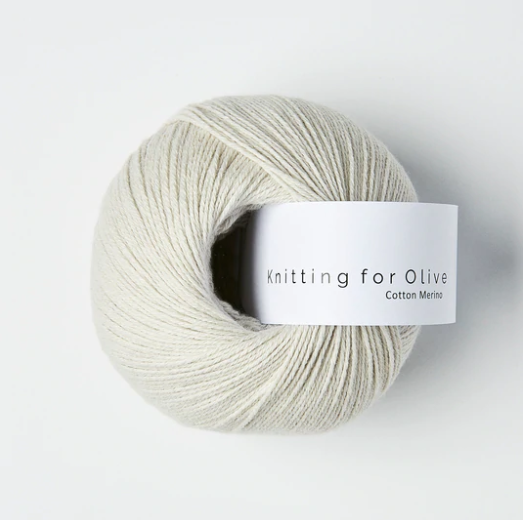Great Merino Wool Base Layers Guide
Wiki Article
What Makes Yak Wool Base Layers Efficient For Winter Sports Clothing For Warmth/Temperature Control In Addition To Moisture Management, Comfort And Durability?
Yak merino layer base layers are the ideal winter sports apparel. They stand out because of a mix of factors that increase the warmth and regulate temperature.
Both the merino and yak wool possess natural insulation properties. Yak, thanks to its hollow filaments holds the air, which provides great warmth. Merino Wool is known for its superior insulation.
Controls body temperature- The combination fabric regulates body temperatures by taking warmth away in cold weather and allowing breathing during intense activity.
Moisture Management-
Merino Wool's moisture wicking properties draw sweat from your skin and disperse, keeping sweat out. Yak wool similarly helps move moisture around to keep the wearer comfortable and dry during intense physical activity.
Comfort-
The softness Merino wool has soft fine fibers. They are supple and do not cause irritation to the skin. The addition of soft fibers from yak, also known as merino wool, enhances the comfort of your skin.
Odor Resistance - Both types of wool have natural antimicrobial properties, reducing the growth of bacteria responsible for odor and ensuring that the clothing remains fresh.
Durability-
Resilience and Strength- Yak wool is inherently strong and durable. When it is combined with the tenacity of Merino wool, the material will become strong and pliable to wear and tear making it suitable for rigorous activities.
Natural Fiber Benefits-
Renewability - Merino and Yak Wool are biodegradable, renewable fibers, making them eco-friendly.
Flexibility - The nature properties of these wools permit them to be used in a variety of weather conditions, maintaining their effectiveness in both wet and dry conditions.
The combination of yak and merino wool harnesses the strengths of both material, resulting in the perfect fabric providing warmth while also regulating temperature, balancing moisture, ensuring comfort, and offering the durability. This is what makes yak and merino wool-based base layers suitable for winter sportswear. They are designed to meet the demands of outdoor sports in cold climates, while maintaining the wearer warm and dry. Follow the top rated merino wool base layer recommendations for site recommendations including wool mid layer, lightweight merino wool base layer, smartwool base layer sale, merino wool underlayer, base layer moisture wicking, merino wool mid layer, smartwool merino base layer, best merino wool base layer women's, wool thermals mens, merino wool base layer hunting and more.

What Are The Benefits Of Wearing Bamboo Clothing In Terms Of Softness And Antibacterial Properties? Durability, Renewability, And Durability.
Bamboo clothing offers many benefits in terms of softness and strength.
Bamboo fabric has an exquisite and silky texture that is often compared to other luxury fabrics such as cashmere or Silk. It feels gentle and soft against your skin, providing a pleasant and a pleasant wear.
Antibacterial Properties-
Bamboo is an organic antimicrobial known as "bamboo Kun." This property blocks the growth of bacteria and fungi that cause odors on the fabric. It helps to keep it fresher longer and reduces the requirement to wash the fabric frequently.
Durability-
The strength - Despite being soft bamboo fibers are robust and durable. Bamboo clothing can stand up to regular wear and tear, making it suitable for various activities without compromising its quality.
Renewability-
Rapid Growth Bamboo is a renewable resource and grows rapidly, without the need for pesticides. Bamboo can be harvested in only a few years, and has a low environmental impact.
Sustainability-
Bamboo is an environmentally friendly product. It's an organic material that leaves less of an environmental impact. Bamboo is sustainable due to its rapid growth, the fact that it needs very little water, and also because it can be grown in a range of climates.
Biodegradability-
Natural Breakdown- Bamboo clothing is biodegradable, which means it can decompose naturally at the end of its life. This decreases the quantity of non-biodegradable material that ends up in landfills and also aids in reducing environmental pollution.
Hypoallergenic Qualities-
Bamboo fabric is not as likely as other synthetic materials to cause irritation to the skin or to trigger allergic reactions. This is why it is a good choice for those who have sensitive skin.
The combination of its softness and antibacterial qualities, along with resilience, renewalability, and sustainability makes bamboo clothing a popular choice for those seeking comfort, practical, and environmentally friendly apparel. These attributes make for a comfortable and sustainable experience. Take a look at the top https://www.koraoutdoor.com/collections/bamboo/ for more recommendations including bamboo shirt, womens bamboo t shirts, freefly summer hoodies, cotton bamboo pajamas, bamboo fibre clothing, bamboo tee shirts wholesale, bamboo baby clothes, bamboo ladies clothing, ladies bamboo tops, bamboo leggings and more.

What Is The Different Between Wool And Merino Clothing?
Compare the textures, warmth and absorption of merino, bamboo and traditional wool clothing.
Merino Wool Merino Wool, sometimes referred to as fine-fibered Wool is renowned for its smoother texture and softer fibers. It is generally considered to be more gentle to the skin.
Bamboo Clothing Bamboo fabric is smooth and silky. It's often compared with high-end materials like cashmere or silk. It's soft and gentle texture makes it comfortable.
Traditional Wool - Traditional wool has many different textures. Some may be coarser than others, and can cause itching, irritation or discomfort compared to clothing made from merino.
Warmth-
MerinoMerino Merino is a warm and comfortable material due to its insulating qualities. Even when damp, it retains warmth and acts as an effective insulation during cold weather conditions.
Bamboo Clothing- Bamboo clothing also provides warmth, however it isn't able to provide the same level of insulation as the merino wool. It regulates body temperature and provides the comfort you need in all conditions.
Traditional Wool - Similar to merino, traditional wool feels warm and is insulating. It can feel more bulky and heavier than merino wool or bamboo clothing.
Moisture Absorption-
Merino Wool Merino Wool Merino Wool has exceptional moisture-wicking qualities, allowing moisture to escape from your skin and evaporate. It remains warm even when damp.
Bamboo Clothing- Bamboo fabric also has moisture-wicking capabilities, drawing moisture away from the skin and offering comfort during physical activities. Bamboo clothing regulates humidity and keeps the wearer drier.
Wool isn't as water-wicking as bamboo or the merino. Wool can be damp and heavy in wet conditions.
In the end, merino Wool is renowned for its softness, warmth and moisture-wicking capabilities. Bamboo clothing has a silky smooth texture with sufficient warmth and moisture control. The texture of traditional wool clothes can vary and it can offer warmth or moisture absorption. But, it can be heavier than merino or Bamboo clothes. Each fabric has distinct properties, catering to different fashion preferences and demands in clothing. Follow the top rated continue reading this for bamboo winter clothings for website tips including best merino base layer, warmest base layer for skiing, ll bean merino wool base layer, ski layers womens, merino wool thermals mens, merino base layer cycling, wool base layer, merino wool base layer womens, smartwool 250, ski underwear and more.
